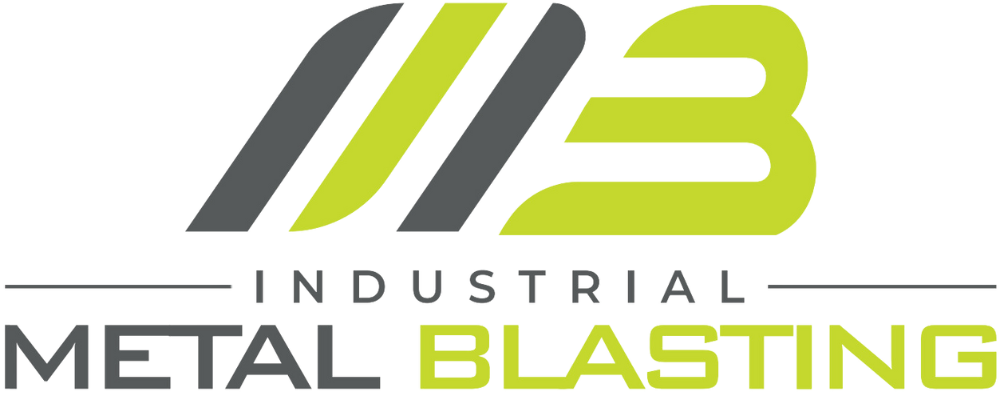Understanding Industrial Metal Blasting: Techniques and Applications
Industrial metal blasting encompasses several techniques designed to prepare metal surfaces for subsequent treatments, such as painting, coating, or further processing. Among the most common methods are sandblasting, shot blasting, and soda blasting, each employing unique principles to achieve surface cleanliness and texture enhancement.
Sandblasting, one of the most widely recognized techniques, involves propelling abrasive particles against a metal surface using compressed air. This method effectively removes contaminants like rust, old paint, and corrosion while creating a rough texture that facilitates better adhesion of coatings. The versatility of sandblasting allows it to be applied across various industries, including automotive, where it is essential for restoring vehicle frames, and construction, where it assists in the maintenance of structural components.
Shot blasting, on the other hand, utilizes steel balls or other hard, spherical abrasives that are propelled at high speed using a centrifugal wheel. This technique is primarily employed for cleaning and strengthening metal surfaces, making it ideal for applications requiring stress relief, such as in the aerospace industry. The controlled use of shot blasting allows for uniform surface preparation, which is critical in ensuring metals can endure harsh conditions and prolong their lifespan.
Soda blasting, as a more environmentally friendly alternative, employs sodium bicarbonate as the abrasive medium. It is particularly effective in delicate applications, such as removing coatings from surfaces without damaging the underlying material. This method is often used in the restoration of historic buildings and equipment, as it preserves the integrity of original structures while failing to leave behind residues harmful to the environment.
In conclusion, understanding the different techniques and applications of industrial metal blasting is vital for ensuring effective surface preparation. By selecting the appropriate method, industries can significantly enhance the durability and corrosion resistance of metal products, ultimately contributing to the longevity and performance of essential components in various applications.
Safety Practices and Environmental Considerations in Metal Blasting
Ensuring safety and environmental accountability in industrial metal blasting is paramount for operators and the surrounding ecosystem. Utilizing proper personal protective equipment (PPE) is a basic yet crucial requirement. Operators should wear protective gear including respirators, gloves, goggles, and protective clothing to mitigate exposure to harmful particles and chemicals released during the blasting process. Additionally, it is essential to implement rigorous training programs for employees. These training sessions should cover operational techniques, emergency procedures, and the effective use of PPE, ensuring that all workers are well-prepared to handle metal blasting equipment safely.
Furthermore, attention must be paid to the environmental implications associated with metal blasting. Dust and debris generated during blasting can significantly impact air quality and surrounding environments. To counteract this issue, facilities should adopt best practices such as using dust suppression methods. For instance, employing water mist systems or vacuum recovery units can significantly decrease airborne particulates, thus enhancing overall air quality. Proper waste disposal is also an integral part of environmental responsibility in metal blasting operations. All waste generated, including spent abrasives and contaminants, should be collected and disposed of in accordance with local regulations to mitigate environmental harm.
Compliance with regulatory standards is essential for any industrial metal blasting operation. Operators must be aware of and adhere to regulations set forth by environmental agencies, ensuring that all practices align with governing policies. This not only protects the environment but also helps in maintaining a good standing within the community. Best practices should focus on minimizing the environmental impact by optimizing blasting techniques and maintaining equipment to operate efficiently. By prioritizing safety practices and environmental considerations, businesses can create a safer and more sustainable metal blasting operation for both workers and the surrounding community.
